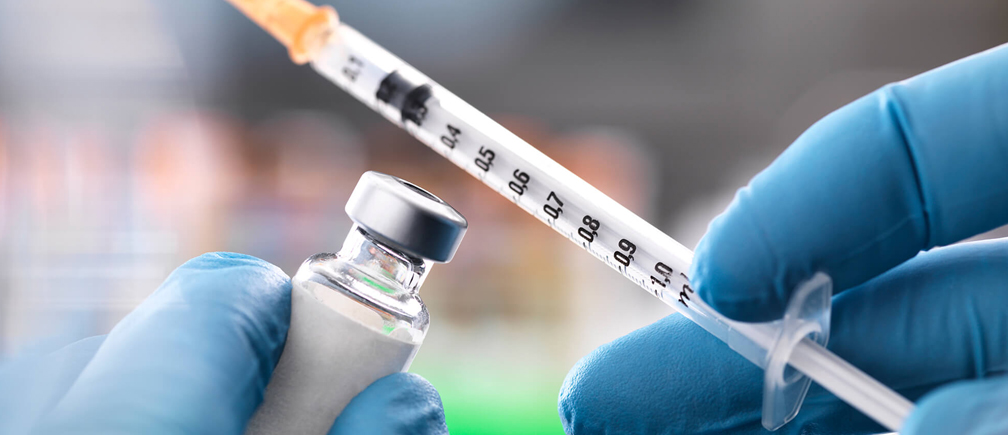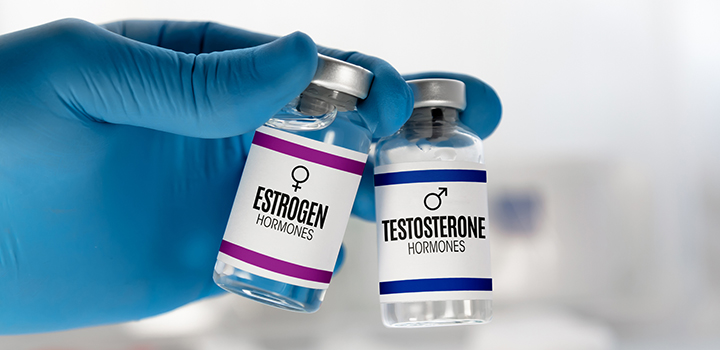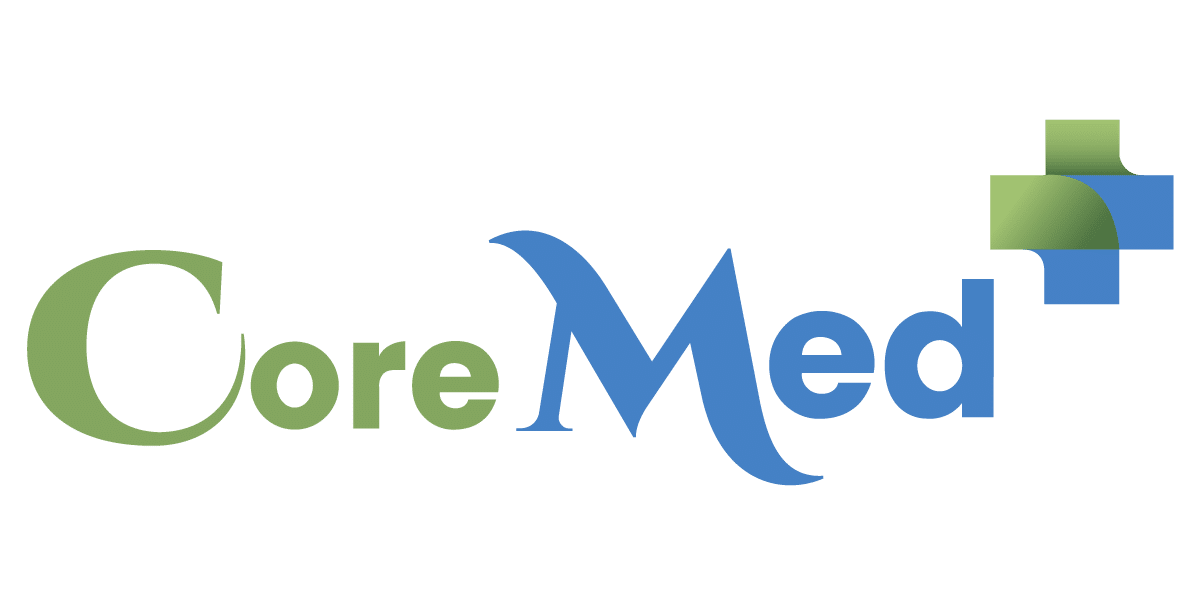Hormone Therapy
Welcome to CoreMed Plus, your trusted healthcare partner for hormone therapy and overall wellness. Hormones play a crucial role in the body’s functioning, affecting everything from mood and energy levels to metabolism and sexual function. Hormone imbalances can lead to various health problems, including fatigue, weight gain, and sexual dysfunction.
At CoreMed Plus, we offer a range of hormone therapy services to help restore balance and improve overall health and well-being. Our team of healthcare professionals is dedicated to providing you with the support and guidance you need to achieve optimal hormone levels and improve your quality of life. Whether you’re experiencing symptoms of hormone imbalance or simply looking to improve your overall health, CoreMed Plus is here to help.
What is Hormone Therapy
Hormone therapy (HT) is a medical treatment that involves the administration of hormones to replace or supplement the hormones the body is not producing enough of. Hormone therapy is used to treat a variety of conditions, including menopause, hypothyroidism, and hormone imbalances.
Menopause is a natural part of the aging process for women, and a decline in the production of estrogen and progesterone characterizes it. This hormonal shift can cause various symptoms, including hot flashes, night sweats, vaginal dryness, mood changes, and sleep disturbances. Hormone therapy is often prescribed to relieve these symptoms and improve the overall quality of life for menopausal women.
Hypothyroidism is when the thyroid gland does not produce enough thyroid hormone. This can cause various symptoms, including fatigue, weight gain, hair loss, and depression. Hormone therapy supplements the thyroid hormone and restores normal thyroid function.
Hormone imbalances can also lead to various symptoms, including fatigue, weight gain, mood changes, and sexual dysfunction. Hormone therapy can supplement or replace the hormones the body is not producing enough of, improving overall health and well-being.
Hormone therapy can be administered in several ways, including pills, patches, gels, injections, and creams. The specific method of administration will depend on the type of hormone therapy being prescribed, as well as the individual’s medical history and preferences.
There are several types of hormone therapy, including estrogen therapy, progesterone therapy, testosterone therapy, and thyroid hormone therapy. Estrogen therapy is often used to relieve symptoms of menopause, while progesterone therapy is combined with estrogen to prevent the risk of endometrial cancer. Testosterone therapy is used to treat low testosterone levels in men and women, while thyroid hormone therapy is used to treat hypothyroidism.
While hormone therapy can effectively treat various conditions, it has risks. The risks and benefits of hormone therapy will depend on the individual’s medical history, age, and the type of hormone therapy being used. Discussing hormone therapy’s risks and benefits with a healthcare professional before beginning treatment is essential.
Some potential risks of hormone therapy include an increased risk of breast cancer, stroke, blood clots, and heart disease. However, these risks vary depending on the individual and the hormone therapy used.
At CoreMed Plus, we offer a range of hormone therapy services to help restore balance and improve overall health and well-being. Our healthcare professionals will work with you to develop a personalized treatment plan based on your individual needs and preferences. Contact us today to learn more about our hormone therapy services and schedule a consultation. Let’s work together to achieve optimal health and well-being.

Types of Hormone Therapy
Hormone therapy (HT) is a medical treatment that involves the administration of hormones to replace or supplement the hormones the body is not producing enough of. Hormone therapy is used to treat a variety of conditions, including menopause, hypothyroidism, and hormone imbalances. There are several types of hormone therapy, each with its benefits and risks. In this blog, we’ll explore the different types of hormone therapy and their uses.
Estrogen Therapy
Estrogen therapy is a medical treatment that involves the administration of estrogen, a hormone naturally produced in the body, to supplement or replace the estrogen that the body is not producing enough of. Estrogen is a hormone that is critical in regulating the menstrual cycle, maintaining bone health, and supporting cardiovascular health. When the body does not produce enough estrogen, it can lead to various symptoms and health conditions.
Estrogen therapy supplements or replaces the estrogen that the body is not producing enough of, restoring normal estrogen levels and improving overall health and well-being. Estrogen therapy can be administered in several forms, including pills, patches, gels, and creams.
The most commonly used estrogen therapy is oral estrogen, taken daily as a pill. Estrogen can also be administered as a transdermal patch, topical gel, or vaginal cream. The dosage of estrogen will depend on the individual’s age, weight, medical history, and the severity of their estrogen deficiency.
Estrogen therapy is typically used to treat a range of health conditions, including menopause, osteoporosis, and certain types of cancers. It can also be used to alleviate symptoms associated with menopause, such as hot flashes, vaginal dryness, and mood changes. The use of estrogen therapy will depend on the individual’s medical history and the severity of their condition.
Progesterone Therapy
Progesterone therapy is a medical treatment that involves the administration of progesterone, a hormone naturally produced in the body, to supplement or replace the progesterone that the body is not producing enough of. Progesterone is a hormone that plays a critical role in regulating the menstrual cycle, preparing the uterus for pregnancy, and maintaining pregnancy. When the body does not produce enough progesterone, it can lead to various symptoms and health conditions.
Progesterone therapy supplements or replaces the progesterone that the body is not producing enough of, restoring normal progesterone levels and improving overall health and well-being. Progesterone therapy can be administered in several forms, including pills, injections, and even topical creams.
The most commonly used progesterone therapy is oral progesterone, taken daily as a pill. Progesterone can also be administered as a vaginal suppository or gel. The dosage of progesterone will depend on the individual’s age, weight, medical history, and the severity of their progesterone deficiency.
Progesterone therapy is typically used to treat various health conditions, including menstrual irregularities, endometriosis, infertility, and premenstrual syndrome (PMS). It can also be used to support pregnancy and prevent miscarriage. The use of progesterone therapy will depend on the individual’s medical history and the severity of their condition.
Progesterone therapy is not without risks. The risks and benefits of progesterone therapy will depend on the individual’s medical history and the type of progesterone therapy being used. Some potential side effects of progesterone therapy include drowsiness, nausea, and breast tenderness.
Testosterone Therapy
Testosterone therapy is a medical treatment that involves the administration of testosterone to supplement or replace the testosterone that the body is not producing enough of. Testosterone is a hormone produced primarily in the testicles and regulates sex drive, bone mass, muscle mass, and fat distribution. When the body does not produce enough testosterone, it can lead to a range of symptoms, including fatigue, decreased sex drive, erectile dysfunction, and depression.
Testosterone therapy supplements or replaces the testosterone that the body is not producing enough of, restoring normal testosterone levels and improving overall health and well-being. Testosterone therapy can be administered in several forms, including injections, patches, gels, and pellets.
The most commonly used testosterone therapy is injections, administered into the muscle every two to four weeks. Testosterone patches and gels are also available and are applied daily to the skin. Testosterone pellets, which are small rice-sized pellets, are implanted under the skin every three to six months.
Testosterone therapy is not without risks. The risks and benefits of testosterone therapy will depend on the individual’s medical history and the type of testosterone therapy being used. Some potential side effects of testosterone therapy include acne, breast enlargement, and an increased risk of heart disease and prostate cancer.
Testosterone therapy is typically used to treat low testosterone levels, but it can also be used to treat other conditions such as delayed puberty, osteoporosis, and HIV-related wasting syndrome. The use of testosterone therapy will depend on the individual’s medical history and the severity of their condition.
Thyroid Hormone Therapy
Thyroid hormone therapy is a medical treatment that involves the administration of thyroid hormone to supplement or replace the thyroid hormone that the body is not producing enough of. The thyroid gland is a small butterfly-shaped gland located in the neck and produces hormones that regulate metabolism and energy levels. When the thyroid gland does not produce enough thyroid hormone, a condition known as hypothyroidism can lead to a range of symptoms, including fatigue, weight gain, hair loss, and depression.
Thyroid hormone therapy supplements or replaces the thyroid hormone that the body is not producing enough of, restoring normal thyroid function and improving overall health and well-being. Thyroid hormone therapy can be administered in several forms, including pills, injections, and even topical creams.
The most commonly used thyroid hormone therapy is levothyroxine, a synthetic version of the thyroid hormone thyroxine (T4). Levothyroxine is taken orally and works by replacing the missing thyroid hormone in the body. The dosage of levothyroxine will depend on the individual’s age, weight, medical history, and the severity of their hypothyroidism.
Thyroid hormone therapy is not without risks. The risks and benefits of thyroid hormone therapy will depend on the individual’s medical history and the type of therapy used. Some potential side effects of thyroid hormone therapy include heart palpitations, weight loss, and anxiety.
Thyroid hormone therapy is typically used to treat hypothyroidism, but it can also be used to treat other conditions such as goiter, thyroid cancer, and hyperthyroidism. The use of thyroid hormone therapy will depend on the individual’s medical history and the severity of their condition.
Growth Hormone Therapy
Growth hormone therapy treats growth hormone deficiency, a condition in which the body does not produce enough growth hormone. Growth hormone therapy can be administered in several forms, including injections and nasal sprays. Growth hormone therapy can cause side effects such as joint pain, swelling, and high blood sugar.
Hormone therapy is not without risks. The risks and benefits of hormone therapy will depend on the individual’s medical history, age, and the type of hormone therapy being used. Discussing hormone therapy’s risks and benefits with a healthcare professional before beginning treatment is essential.
At CoreMed Plus, we offer hormone therapy services to help restore balance and improve overall health and well-being. Our healthcare professionals will work with you to develop a personalized treatment plan based on your individual needs and preferences. Contact us today to learn more about our hormone therapy services and schedule a consultation. Let’s work together to achieve optimal health and well-being.

How CoreMed Plus Can Help with Hormone Therapy
CoreMed Plus is your trusted healthcare partner for hormone therapy and overall wellness. We understand the importance of balanced hormone levels in maintaining good health and well-being. That’s why we offer a range of hormone therapy services to help restore balance and improve overall health and well-being.
At CoreMed Plus, our team of healthcare professionals is dedicated to providing personalized hormone therapy services to help you achieve optimal hormone levels and feel your best. We offer a range of hormone therapy options, including estrogen, progesterone, testosterone, thyroid, and growth hormone therapy. Our team will work with you to develop a personalized treatment plan based on your individual needs and preferences.
We understand that hormone therapy can be a complex and overwhelming process. That’s why we offer comprehensive medical evaluations and hormone testing to determine the underlying cause of your symptoms and develop an effective treatment plan. Our healthcare professionals will also provide ongoing support and guidance throughout your hormone therapy journey, ensuring you achieve optimal hormone levels and improve your overall health and well-being.
In addition to hormone therapy, CoreMed Plus offers various other services to support your overall wellness, including weight management, nutrition counseling, stress management, and sexual health evaluations. Our goal is to provide comprehensive healthcare services to support your unique needs and help you achieve optimal health and well-being.
If you’re experiencing symptoms of hormone imbalance or are simply looking to improve your overall health and well-being, don’t hesitate to contact CoreMed Plus today. Our team of healthcare professionals is dedicated to providing personalized hormone therapy and comprehensive wellness services to help you achieve optimal health and well-being. Contact us today to learn more and schedule a consultation.

Why Choose CoreMed Plus
There are numerous reasons to choose CoreMed Plus for your healthcare needs. Here are just a few of the key reasons why so many patients trust us with their health:
Comprehensive Healthcare Services
CoreMed Plus offers various healthcare services, from preventative care and chronic disease management to mental health counseling and weight loss programs. We aim to give our patients everything they need to stay healthy and happy.
Experienced Healthcare Professionals
Our team of healthcare professionals is made up of highly trained and experienced doctors, nurses, and support staff. We are dedicated to providing compassionate and effective care to every patient who enters our doors.
Patient-Centered Approach
At CoreMed Plus, we put our patients first. We take the time to listen to your concerns, answer your questions, and develop a personalized treatment plan that meets your unique needs.
State-of-the-Art Technology
We use the latest medical technology to provide our patients with the most advanced and effective treatments available. From digital health records to telemedicine services, we are always looking for ways to make healthcare more convenient and accessible.
Affordable Healthcare Options
We believe that everyone should have access to high-quality healthcare, regardless of their income or insurance status. That’s why we offer a range of affordable healthcare options, including cash-pay options and a sliding fee scale for eligible patients.
At CoreMed Plus, we are committed to providing our patients with the highest level of care and support. Whether you need a routine check-up or specialized care for a chronic condition, we are here to help you every step of the way. Contact us today to learn more about our services and schedule an appointment.
Don't Wait any Longer; Contact us Today!
If you’re experiencing symptoms of hormone imbalance or are simply looking to improve your overall health and well-being, don’t hesitate to contact CoreMed Plus today. Our team of healthcare professionals is dedicated to providing you with personalized hormone therapy services to help restore balance and improve your quality of life.
From medical evaluations and hormone testing to individualized treatment plans and ongoing support, we’re here to help you achieve optimal hormone levels and feel your best. Contact us today to learn more about our hormone therapy services and schedule a consultation. Let’s work together to achieve optimal health and well-being!


